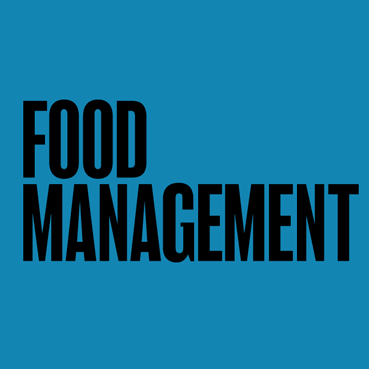Getting to Know Yogurt
July 1, 2004
FM Staff
Yogurt's versatility and healthful benefits make it a perfect ingredient or stand-alone dish. |
Americans eat over 300,000 tons of yogurt each year.www.foodreference.com |
Ordinarily, the words “live and active cultures” printed on a food label would steer most consumers in another direction-except when it comes to yogurt.
There's much research that suggests live cultures—as found in many kinds of yogurt—may provide certain health benefits. For example, the living organisms Lactobacillus bulgaricus and Streptococcus thermophilus, which convert pasteurized milk to yogurt during the fermentation process, may boost the body's immune system and help to prevent gastrointestinal infections. It's also thought these “friendly” cultures may help fight osteoporosis and prevent certain types of cancers. Yogurt is also a significant source of calcium and protein.
On the other hand, not all yogurt and yogurt-containing products, such as covered candies, pretzels and some salad dressings, contain “friendly” bacteria. Some yogurt products are heat-treated after fermentation, which eliminates most of its active cultures. Also, certain yogurts are formulated with lower culture levels. Heat-treating yogurt has its benefits, too, however; it lessens yogurt's natural tartness and prolongs shelf life.
To help operators and consumers see at a glance which products contain live and active cultures, The National Yogurt Association has developed the Live and Active Cultures (LAC) seal, a voluntary ID tag for manufacturers of refrigerated and frozen yogurt products that contain a certain level of live and active cultures.
What's in a Label?
Here's a rundown of some of the most common descriptors found on refrigerated or frozen yogurt packaging as established by the FDA or by individual manufacturers.
Regular yogurt is made from whole milk and has at least 3.25% milk fat.
Lowfat yogurt is made from lowfat-milk or part-skim milk and contains between 2 and 0.5% milk fat.
Nonfat yogurt is made from skim milk and contains less than 0.5% milk fat.
Light (lite) yogurt contains onethird less calories or 50% less fat than regular yogurt.
Swiss or custard style is a fruit and yogurt blend with an added stabilizer, such as gelatin, to add firmness. These yogurts are also referred to as “blended.”
Heat-treated yogurt has been heated after culturing, thereby eliminating live and active cultures.
Liquid Yogurt is a blended drinkable liquid of fruit and yogurt.
Sundae or fruit-on-the-bottom yogurt appears just as it sounds, fruit sits on the bottom of the container. It can be blended for a smoother, creamier texture.
Made with active cultures: FDA regulations require that all yogurts be made with active cultures.
Contains active yogurt cultures indicates the yogurt has not been heat-treated after culturing and still contains live and active bacteria.
Frozen yogurt, made by freezing pasteurized milk, sweetners and emulsifiers, is cultured after pasteurization. It may or may not contain live and active cutures.
Much of this information was from www.aboutyogurt.com
About the Author
You May Also Like






